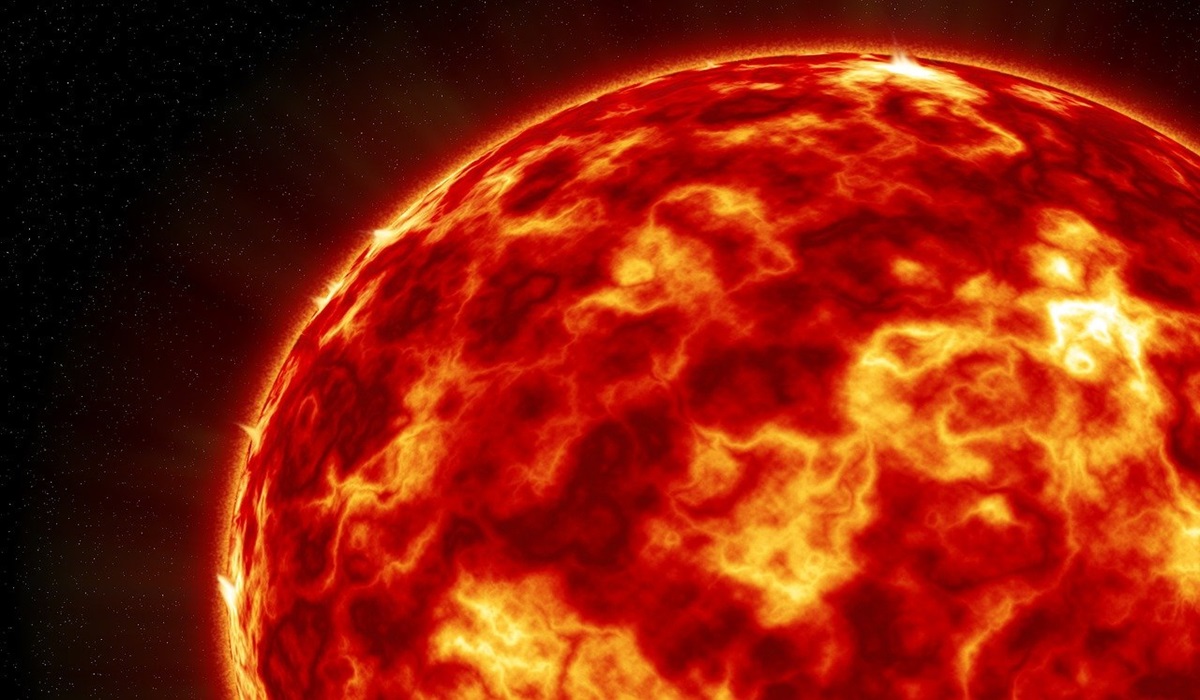Science: Did You Know? The Sun Isn’t Actually on Fire
- Kingston Bailey
- Science
- Trending News
- April 20, 2025

Image Credit, AstroGraphix_Visuals
When we look up at the sky and see the blazing ball of light that is our Sun, it’s easy to assume it’s just a giant fireball burning in space. But here’s the mind-blowing truth: the Sun is not burning in the way fire works on Earth — because that kind of fire can’t even exist in space.
Fire, as we experience it on Earth, is a chemical reaction known as combustion. It requires three things: fuel, heat, and oxygen. Remove any one of those — especially oxygen — and you can’t have a flame. That’s why you can’t light a candle or start a bonfire in outer space. There’s no oxygen, so combustion is impossible.
So how is the Sun putting out all that light and heat?
Unlike fire, which involves atoms rearranging themselves in chemical reactions, fusion is a nuclear process. Deep in the Sun’s core, where temperatures soar past 15 million degrees Celsius and pressures are mind-bogglingly intense, hydrogen atoms are forced together. When they collide with enough energy, they fuse into helium. This fusion process releases enormous amounts of energy — much more than chemical burning ever could.
The result? Light, heat, and the life-sustaining energy we rely on every day.
It’s the same principle behind hydrogen bombs, only controlled and continuous — a self-sustaining thermonuclear reactor happening 150 million kilometers from Earth.
So the next time someone says the Sun is on fire, you can drop some knowledge: fire needs oxygen, and there’s no oxygen in space. What we’re actually seeing is nuclear fusion in action — the most powerful energy process in the known universe.
Now that’s hot.








